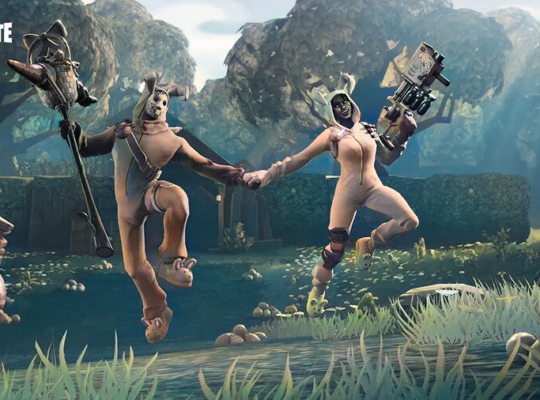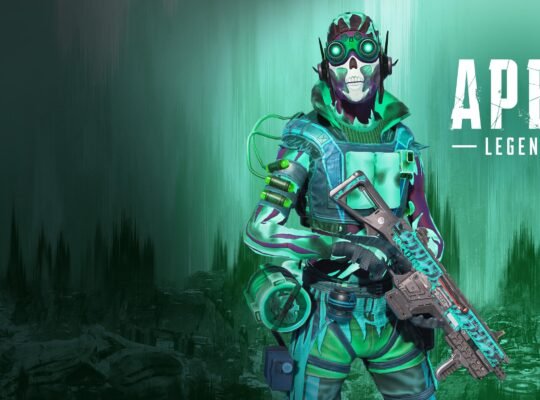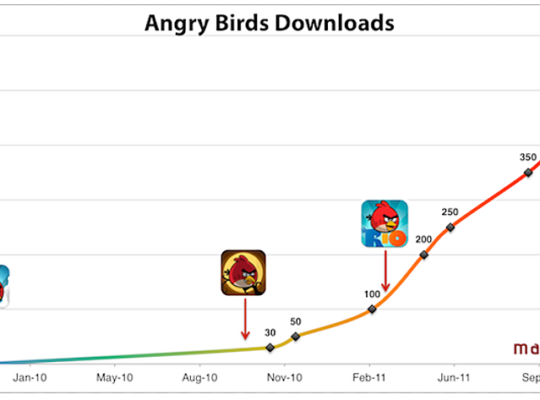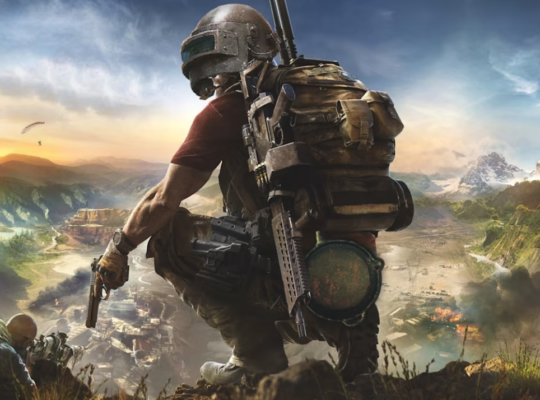Minecraft is becoming a buzz word as it has consistent growth in the gaming industry, and received high exposure among gamers of all ages as both young and old are hooked on it. Within a decade, the game has won more than 141 million active players as of 2021 and has been ported to several platforms.
In this reading, we will explore the height of Minecraft success, and reasons that hit its growth rate. Let’s delve into the journey of Minecraft and discover the key milestones that led to its unparalleled success.
What’s the success Stats for Minecraft?
Minecraft’s user base has experienced exponential growth, with an estimated 93 million monthly active users (MAUs) in 2021. The game reached its peak with 131 million MAUs in 2020, showcasing its immense popularity.

In terms of revenue, Minecraft proved to be a financial powerhouse, generating an impressive $380 million in revenue during 2021. Notably, mobile revenue accounted for a large part, amounting to $110 million, highlighting the game’s success on mobile platforms.
In 2020 alone, Minecraft attracted over 130 million unique players who engaged with the game monthly, underscoring its widespread appeal and enduring popularity. The game’s remarkable sales figures reveal its immense reach, having been sold in various formats over 200 million times.
Inception: The Birth of a Revolutionary Game
Minecraft was the brainchild of Swedish game developer Markus Persson, also known as “Notch.” In 2009, Persson introduced an early version of the game, which garnered significant attention within the gaming community. Later, Minecraft released its full version in 2011 by Mojang Studios. Recognizing its immense potential, Microsoft acquired Minecraft in 2014 for a staggering $2.5 billion, further solidifying its prominence in the gaming industry.
Minecraft’s unique blend of creativity, exploration, and endless possibilities has paved the way for one of the most remarkable success stories in the gaming industry.
Mainstream Breakthrough: A Game for All Ages
Indeed, it is one of the major factors fact that Minecraft has broken mainstream gaming challenges and offer immersive experience to all most every age players within one game by not limiting to the gaming niche, thus reaching mainstream audiences. Its accessibility and simplicity appealed to players of all ages, from children building fantastical worlds to adults crafting complex redstone contraptions.
Moreover, its cross-platform compatibility further expanded its reach, enabling players to connect and collaborate across different devices, including consoles, PCs, and mobile devices.
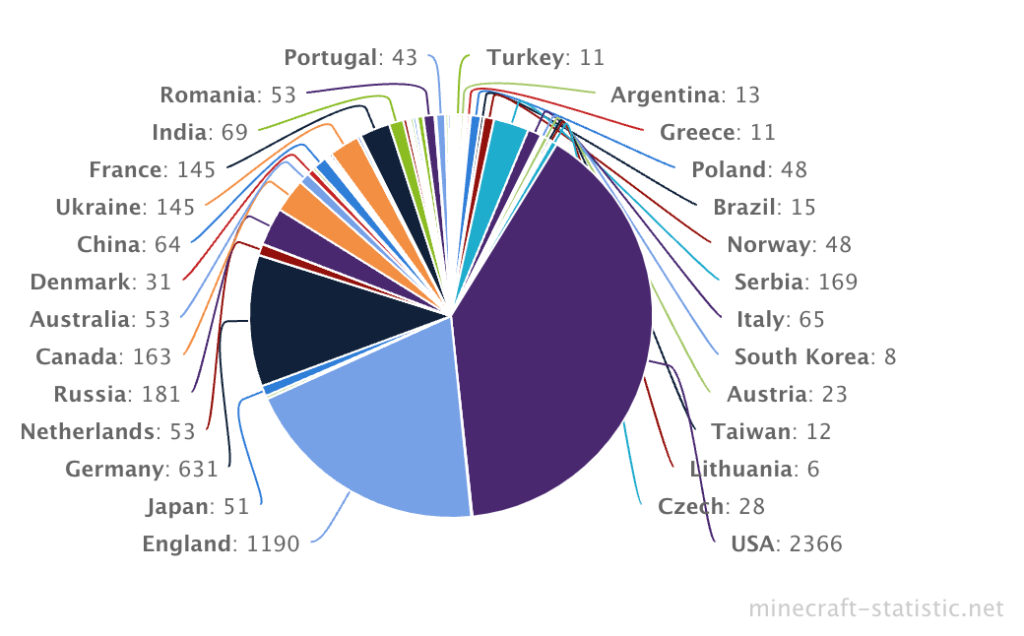
Community Engagement: Fostering a Creative Community
Engagement with community is a key of any game and it proved in the Minecraft success case. Minecraft has built a community and engage them very well through different activities, which result in its success.
Game Designer, Notch himself and his team actively engaged with players, listened to feedback, and implemented user suggestions, fostering a sense of collaboration and co-creation. This interactive approach not only strengthened the game’s foundation but also contributed to its continuous improvement and evolution.
Educational Potential: From Entertainment to Edutainment
Minecraft didn’t bound its scope in the gaming, and added educational and edutainment activities within the gameplay, which is highly recognized by educational professionals too.
As a result, educational institutions began incorporating the game into their curricular. Minecraft’s block-based gameplay provides a hands-on approach to learning, fostering creativity, problem-solving, and collaboration skills.
Minecraft has been used to teach various subjects, from history and science to coding and urban planning, which has made it one of the best learning apps too. The game’s versatility and adaptability made it a powerful tool for educational purposes.
Minecraft Marketplace: A Platform for Creativity and Commerce
In 2017, Minecraft revolutionized its platform by introducing the Marketplace and opened a platform for various creators to create their own custom-made content directly within the game.
Talented individuals were empowered to exhibit their imaginative creations, ranging from intricate adventure maps and texture packs to one-of-a-kind skins and captivating mini-games. Minecraft’s marketplace not only served as a hub for creativity but also served as a lucrative avenue for creators to monetize their skills, thus driving the continuous expansion of the vibrant Minecraft community.
Cultural Impact: Minecraft in Popular Culture
Minecraft transcended the boundaries of gaming, leaving an indelible mark on popular culture amid social media. It became a captivating subject for numerous YouTube channels, Twitch streams, and dedicated conventions where passionate fans gathered to honor and celebrate the game.
Minecraft’s iconic characters, including the beloved Steve and the notorious Creeper, achieved widespread recognition across various media platforms. Their influence permeated the internet, giving rise to memes, a plethora of merchandise, and even inspiring spin-off games and official adaptations. Minecraft’s cultural impact extended far beyond its virtual world, capturing the hearts and imagination of a global audience.
Wrapping up:
The success of Minecraft can be attributed to its innovative gameplay, active community engagement, and its ability to transcend traditional gaming boundaries. By fostering creativity, embracing education, and continuously evolving with its dedicated player base, Minecraft has solidified its place as a cultural phenomenon.
Minecraft’s consistent growth in user engagement, financial success, and widespread adoption across platforms have solidified its status as a cultural phenomenon within the gaming industry.
To read more exciting game success stories, visit www.gamematrix.io






